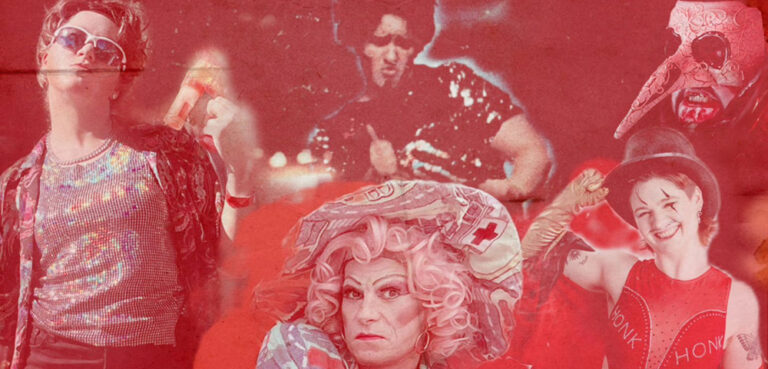
Report praises HIV strategies
For every dollar invested in HIV prevention in NSW there has been a saving of $13 in clinical care costs to the NSW Government, a new report has found.
This compared favourably to other population health programs such as tobacco cessation and heart disease prevention, with tobacco reduction programs saving $2 in clinical care costs for every dollar spent on prevention.
The report, The Impact of HIV/AIDS in NSW – Mortality, Morbidity and Economic Impact, was contracted by NSW Health and conducted by Health Outcomes International and the National Centre in HIV Epidemiology and Clinical Research.
It also found that 394 life years were saved as a result of HIV prevention programs and 863,000 quality-adjusted life years were saved among people who would otherwise have contracted HIV.
If the investment in HIV prevention were to cease, the report concluded, there would be an additional 9,143 cases of HIV in NSW by 2016.
In looking at the clinical care costs saved through HIV prevention programs compared to tobacco reduction programs, the “relatively small” size of the gay community needed to be considered, ACON CEO Stevie Clayton said.
“The Australian response to HIV has been so rapid and comprehensive that it has kept HIV largely contained in the gay and lesbian community, whereas when we are talking about heart disease and tobacco, they are spread right across the population,” she said.
“We are able to respond within a small community, and that doesn’t have a large dollar cost, so we are able to do peer support, forums, and workshops, and are not reliant on large-scale media advertising.”
Clayton said the report revealed how important it was to invest in health and HIV prevention work, in order to save money in the acute care funds system.
“HIV rates are going really well at the moment, and we have got stable rates of infection,” she said.
“At the same time, the NSW Health Department and the Health Minister are being criticised for hospital waiting lists, and this means there can be a temptation to move money from HIV prevention into reducing those lists.”
The money invested in non-government organisations was greatly multiplied by volunteer efforts, Clayton added.
“So what we end up seeing is that for the money that the Government invests, we add in volunteer time, we do the work in a cost-effective way, and we see really effective results out of it,” she said.
“It’s also about gay and lesbian community mobilisation, the fact that there are so many people in our community who are engaged in the HIV response and interested in the outcome.”
The NSW investment in HIV/AIDS programs from 1981 to 2005 totalled an estimated $1,258 million, with 70 percent going to clinical services and 30 percent allocated to prevention programs and services.









